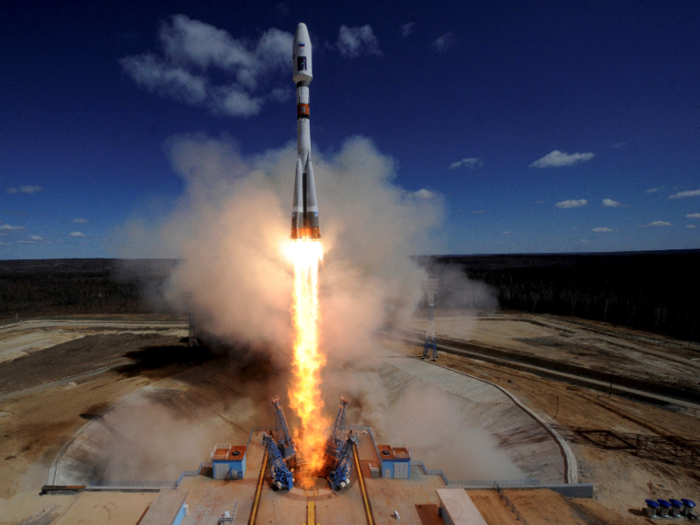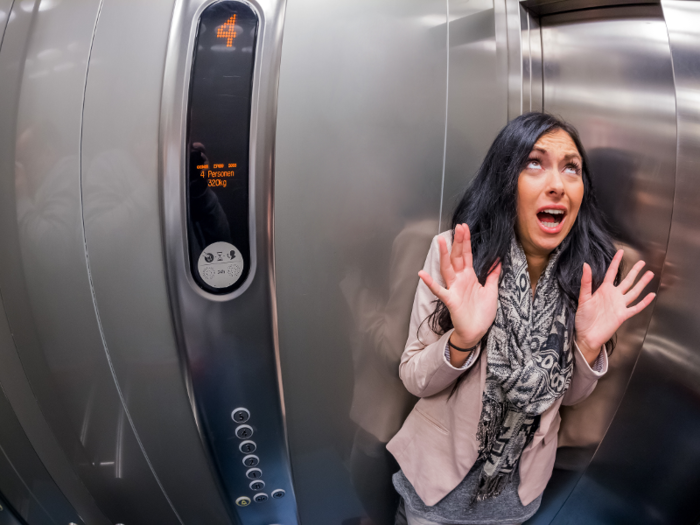5 of Albert Einstein's thought experiments that revolutionized science
Imagine you're chasing a beam of a light.

Imagine you're sitting on a train.

Imagine you're standing on a train while your friend is standing outside the train, watching it pass by. If lightning struck on both ends of the train, your friend would see both bolts of lightning strike at the same time.
But on the train, you are closer to the bolt of lightning that the train is moving toward. So you see this lightning first because the light has a shorter distance to travel.
This thought experiment showed that time moves differently for someone moving than for someone standing still, cementing Einstein's belief that time and space are relative and simultaneity doesn't exist. This is a cornerstone in Einstein's special theory of relativity.
Imagine you have a twin in a rocket ship.

This thought experiment is a well-known variation of Einstein's light clock thought experiment, which has to do with the passage of time.
Imagine you have a twin, born at almost the exact same time as you.
But the moment your twin is born, he or she gets placed in a spaceship and launched into space to travel through the universe at nearly the speed of light. According to Einstein's special theory of relativity, you and your twin would age differently. Since time moves slower the closer that you get to the speed of light, your twin would age slower.
When the spaceship lands back on Earth, you might be trying to sort out your retirement, while your twin is just trying to get through puberty.
Imagine you're standing in an elevator.

Imagine you are floating in a box, unable to see what's happening outside of the box. Suddenly, you drop to the floor. So what happened? Is the box being pulled down by gravity? Or is the box being accelerated by a rope yanking it upward?
The fact that these two effects would produce the same results led Einstein to the conclusion that there is no difference between gravity and acceleration — they are the same thing.
Now consider Einstein's previous assertion that time and space are not absolute. If motion can affect time and space, and gravity and acceleration are the same thing, that means gravity can actually affect time and space.
The ability of gravity to warp spacetime is a huge part of Einstein's general theory of relativity.
Imagine you're tossing a two-sided coin.

Einstein wasn't the biggest cheerleader for quantum theory. In fact, he was always coming up with thought experiments to try to disprove it. But it was these thought experiments that challenged the pioneers of quantum theory to perfect it down to its finest details.
One of Einstein's thought experiments had to do with quantum entanglement, which Einstein liked to call "spooky action at a distance."
Imagine you have a two-sided coin that can easily be split in half. You flip the coin and, without looking, hand one side to your friend and keep the other side for yourself. Then your friend gets on a rocket ship and travels across the universe.
Now, look at your coin. You see that in your hand you're holding the heads side of the coin and instantaneously you know that your friend, who is billions of light years away from you at this point, is holding the tails side.
If you think of the sides of these coins as indeterminate, changing back and forth between heads and tails until the point in time when you observe one, then the coins can circumvent the speed of light, instantaneously affecting each other regardless of how many light years separate them.
Popular Right Now
Popular Keywords
Advertisement